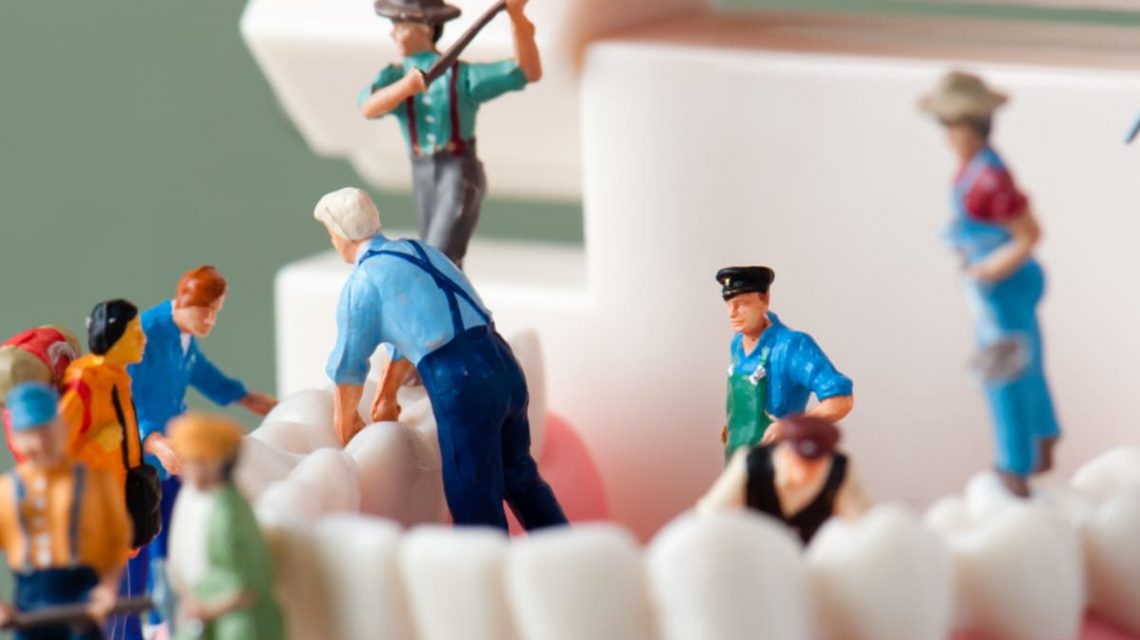The safety of mercury fillings has long been debated and we all now understand the many issues with having these fillings in your mouth.
There is growing concern, however, with the safety of removing these fillings, and how to best achieve a mercury-free mouth. There are a few things that are very important in ensuring that your mercury fillings are removed as safely as possible with the least mercury exposure to you and your dentist.
Why remove Mercury Fillings?
There is a growing concern among people who still have mercury fillings in their mouth over continuous exposure to mercury. There is the issue of mercury leaking out of existing fillings, especially when chewing or grinding.
Click here to see a great video that actually shows the mercury vapour that is constantly released from mercury fillings.
There is also the problem that these fillings erode over time and cause marginal breakdown, causing decay of the tooth that can only be seen once a significant amount of tooth has been destroyed, which can lead to more invasive treatment such as root canals or even tooth loss.
How to safely remove Mercury Fillings?
There are 5 key elements to removing mercury fillings safely:
- Use a dental dam – a dental dam isolates the tooth from your mouth, protecting you from inhaling or swallowing mercury fillings as they are being removed. It also keeps the area dry and free from saliva, which contributes to your new filling having a longer life-span.
- Keep the fillings cool during removal – drilling out an amalgam filling causes a lot of heat, which increases the mercury release, both as a vapour and particles. Using copious amounts of cold water is important in keeping the exposure down.
- Use high-volume suction – this is important in keeping the exposure down by capturing more vapour and mercury particles
- Cut amalgam into chunks – most mercury-safe dentists use a technique called chunking to remove mercury fillings. This involves less drilling into the actual filling and reduces exposure to mercury
- Work with a naturopath or create a detox plan – working with your naturopath or helping you formulate a detox plan also helps in removing mercury from your body
How to restore teeth after Mercury Fillings are removed?
There are various ways to restore your teeth after the mercury fillings have been removed. Here are some options to consider:
- resin – tooth-coloured filling material can be used if mercury fillings were small and very little decay was present
- porcelain inlays or onlays – porcelain restorations can be used if the fillings were medium sized or you want a restoration that lasts longer than a typical filling
- crowns – porcelain crowns are used when mercury fillings were large, or decay was extensive, or you had cracks of fractures in your tooth
- implants or bridges – sometimes, if a mercury filling is left too long and results in the tooth being severely broken down and unrestorable, implants or bridges may be needed to restore your bite
Call us to discuss your options with you.


